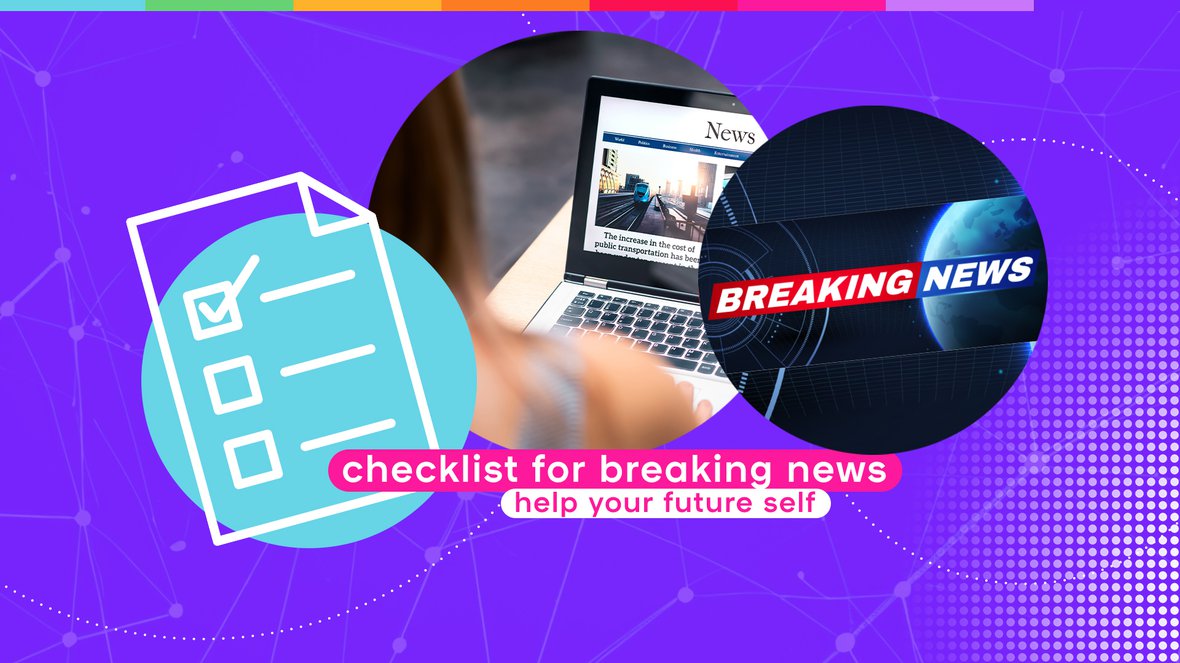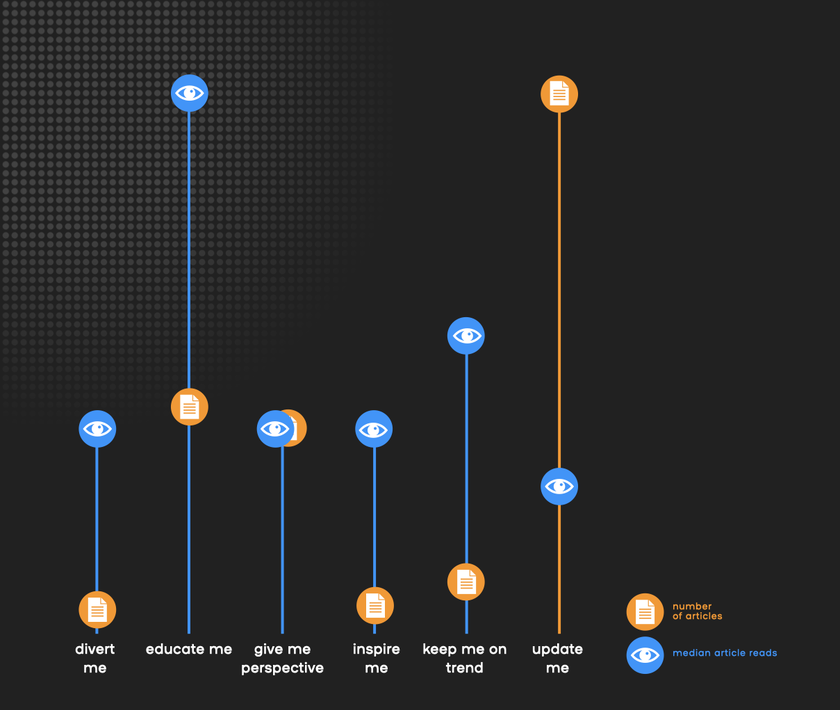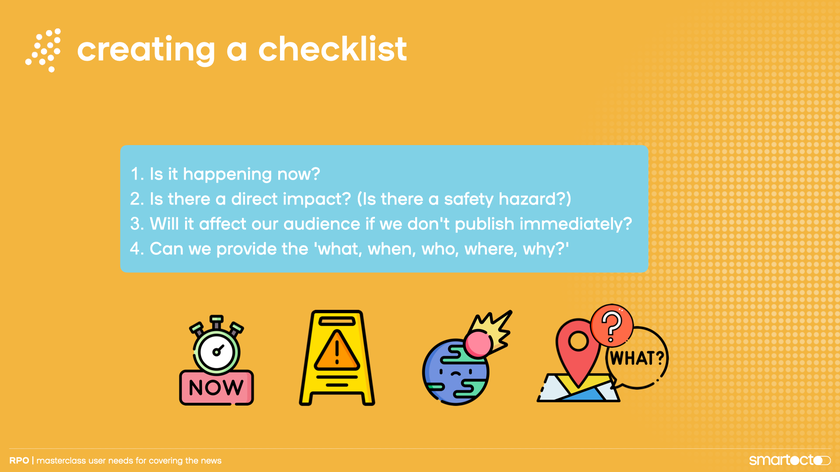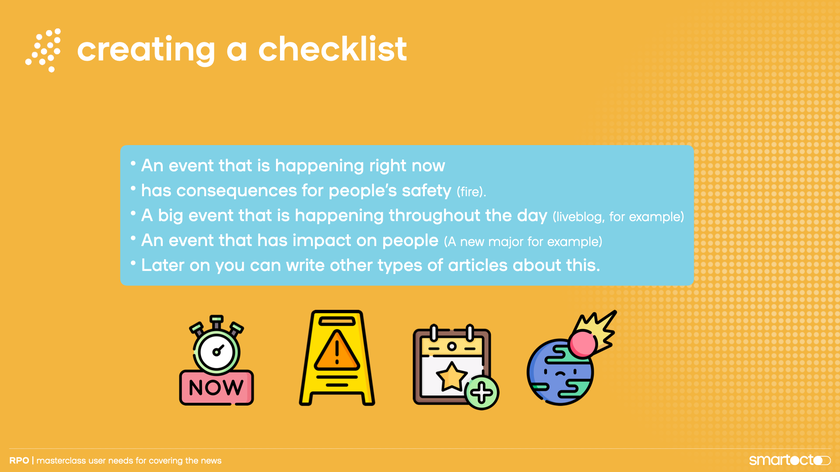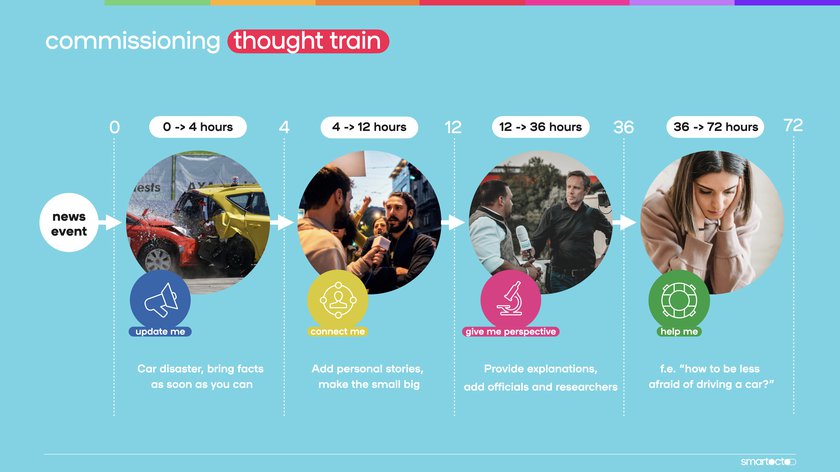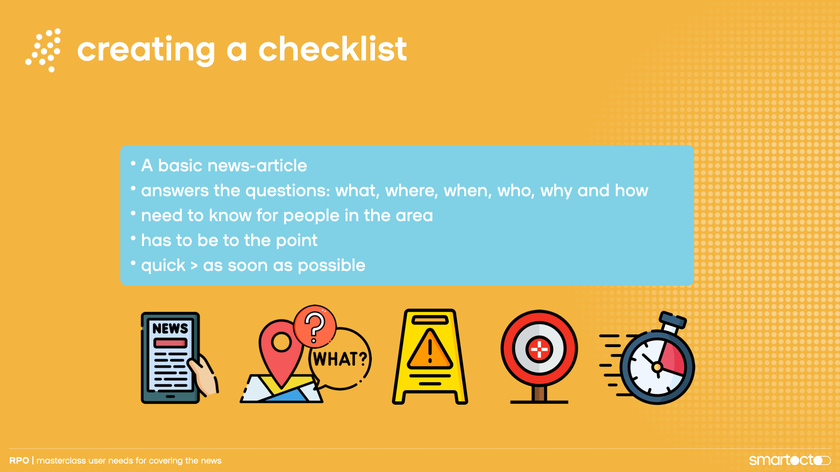Which stories should you not create?
Now, we can hear you thinking, which stories should the editorial team drop? That question is not easy to answer. I myself have been a reporter-editor at major online news brands for 10 years, and I believe these situations are recognisable to everyone:
- The subject is important, but there is (still) little information available. For example, an airplane skidded off the runway during landing. You want to let the audience know that you have seen what happened and are working on it. You create a post with the information you already have.
- You know that a topic is far removed from your audience, but you don't want to ignore it because it has a significant impact on those involved. Out of respect, you think: this story needs to be told.
- It is ingrained in your system that this is how you present a story. Factual, orderly, distant, objective. You have been trained to structure your story in this way.
- This one is unpleasant to mention, but let's be honest: you needed to fill a time slot. Or there was still a gap on the newspaper page. Or you promised a colleague that you would work on the topic. You had too little time to delve deeper into it.
Take a scroll through the homepage of your own website and try to assess the value of the stories. Do you see anything that you can suspect falls into one of the above situations?
By now, you can sense that it is quite a challenge to completely eliminate these four scenarios. Maybe you are setting the bar too high. But at the very least, you could brainstorm with your colleagues on how to avoid the biggest missteps. Two simple questions can help:
- Does this story (that you find important) have an angle that satisfies another user need better? Check out the explanation of our 8 user needs here.
- If an 'Update me' story fits best here, what are the minimum requirements it should meet? Refer to the checklist you have created.
What does your checklist look like?
Why should you create such a checklist yourself? Well, not every news brand is the same, not all editorial teams are the same. The New York Times has different standards than... fill in the blank - I don't want to insult anyone. But more importantly, you need to believe in the checklist yourself. If we were to come up with it, you would always have reasons to deviate from it.
Participants of one of our clients who are working with user needs have already created their own checklist. We present them below for inspiration, along with comments.
